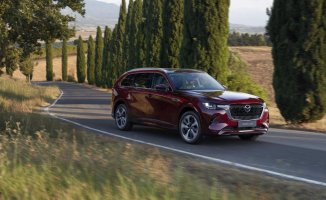A recent safety test has called into question the reliability of the Tesla Cybertruck. It has revealed a potential danger that could cause serious injuries to drivers if they are not careful.
Several YouTubers, using objects similar to human fingers such as carrots, sausages and bananas, have shown that the Cybertruck, by closing the doors or the hood, could not only catch, but also cut these objects. This has raised alarm about the possibility that it could cut fingers.
The YouTube channel Out of Spec Reviews came forward with a video in which they subjected the Cybertruck to a series of tests. They found that, while sometimes the vehicle detected objects and prevented the doors or the front hood from closing completely, on other occasions the mechanisms failed miserably, cutting the objects used in the test.
In attempts to simulate realistic conditions, such as using a gloved hand, results varied. In one case, the Cybertrucks detected resistance and stopped closing, but in another, with the glove removed, they closed on the youtuber's fingers, although fortunately without causing serious injuries.
This erratic behavior in the sensors suggests that both children and adults could be at risk of serious damage, such as amputation of fingers, if they accidentally close any of the doors or the hood on them.
Therefore, to avoid unpleasantness, you should follow the warnings in the user manual, which urges you to make sure that all hands and objects are out of the trunk before closing it.
In comparison, the Rivian R1T showed superior performance in similar tests, as its hood systematically detected objects and automatically reopened to prevent damage. The Ford F-150 Lightning, for its part, shared similar results to those of the Cybertruck in terms of obstacle detection and maneuverability.
Although Tesla and other manufacturers have made great strides in electric vehicle technology, this incident confirms the constant need to evaluate and improve safety features, especially those that protect against accidental physical injury.













